safety in the home
10 HOME SAFETY HAZARDS
The home is supposed to be where you and your family are safe and protected but every year accident and emergency units deal with serious injuries and sometimes fatal accidents that occur in the home. Children can come to harm in the home with things like chemicals and choke hazards.
Many of these accidents are preventable and dealing with a serious accident that could have been avoided can lead to a lifetime of guilt.
We have put together this quick guide to alert you to the hazards in your home so that you can keep your family as safe as possible.
1. Falls
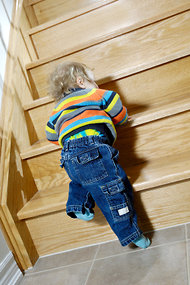
Falls are the leading cause of death when it comes to home accidents. They make up a third of all fatalities. The elderly are most affected by this type of accident.
Minimize The Risk
- Staircases: Keep children safe from tumbling down steps by installing safety gates at both the bottom and top of staircases. Keep everyone safe by making sure the lighting is good and the handrails and steps are solid and well maintained.
- Bathrooms: Anyone is susceptible to falls in the bathroom due to slippery wet surfaces. Showers should have rubber mats to prevent falls from wet surfaces. Have mats or towels placed on the floor when getting out of the bath or shower.
2. Poisoning
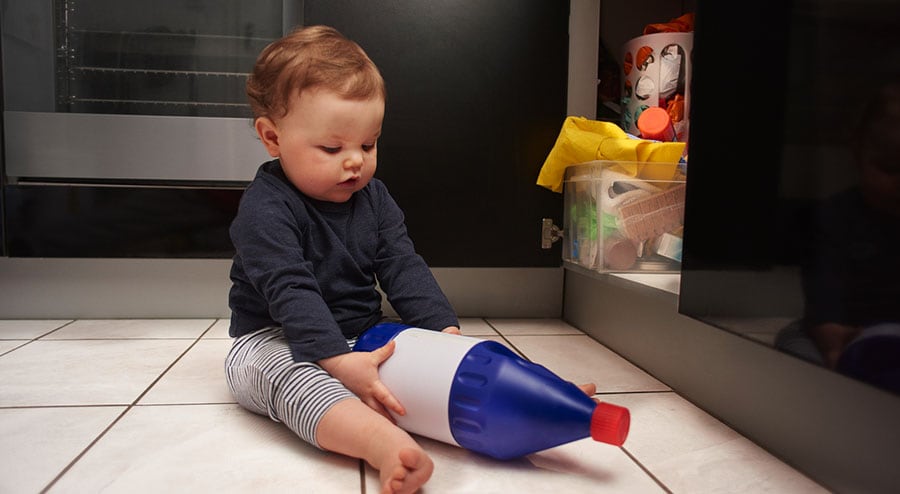
Many curious young children are affected by this type of hazard. Prevent your child from serious injury and becoming one of these statistics by following the following safety tips.
Minimize The Risk
- Any cleaning products and harmful substances if kept in the kitchen should be stored in cupboards out of the reach of small children in higher cupboards. If they are kept in lower cupboards, make sure you invest in inexpensive childproof locks for these cupboards.
- Store paint and pesticides in garages and sheds that are locked and on high shelves away from children.
- Monitor children in the kitchen and do not leave them unattended.
- Label all unmarked containers and do not store products in food containers.
- In an emergency following exposure to a chemical, call 111 which is a free-to-call single non-emergency number medical helpline operating in England
3. Carbon Monoxide
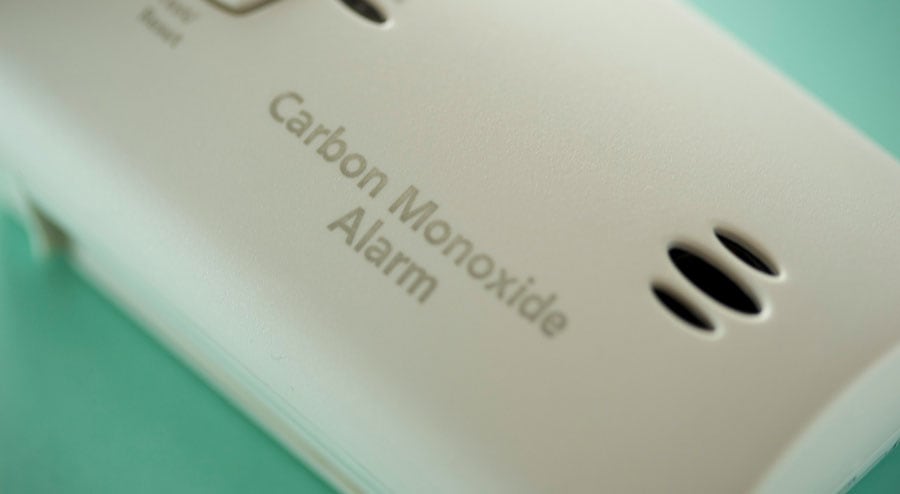
Carbon Monoxide is a silent killer. Unlike gas, it cannot be detected be smell. You can keep your family safe by following these steps:
Minimize The Risk
- Ensure that you have carbon monoxide detectors in your home and test them regularly.
- Ensure your heaters are checked annually to prevent danger from carbon monoxide poisoning.
- Some home security systems have carbon monoxide detection and will alert you early to unsafe levels in your home.
4. Fire Hazards
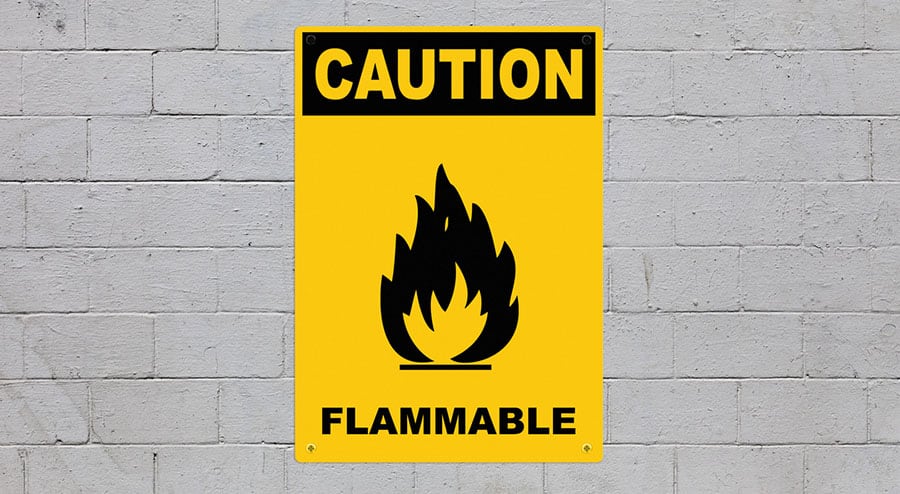
Follow these steps to avoid fatalities and devastating burns to loved ones as well as damage to your home and belongings.
Minimize the Risks
- Install smoke detectors in the kitchen, bedrooms and basement.
- Test your alarm monthly and ensure you replace the batteries twice a year.
- Be careful when cooking and NEVER leave a pan of oil for deep-frying unattended. If the pan catches fire use a damp tea towel to deal with the flames, never try to put the fire out with water.
- Have your electrical wiring tested regularly by a qualified electrician.
- At Christmas, a major hazard and devastating tragedy is fires, which can start from faulty Xmas tree lights. Ensure your festivities are not ruined by a fire by switching off all Christmas lights before you go to bed.
- Keep matches and lighters away from children.
- If you smoke, smoke outdoors wherever possible- take care to extinguish all cigarettes carefully.
- Never leave a candle burning overnight.
- Have a fire safety plan that everyone knows and carefully plan how you will exit the home. https://www.nfpa.org/Public-Education/Staying-safe/Preparedness/Escape-planning
5. Drowning
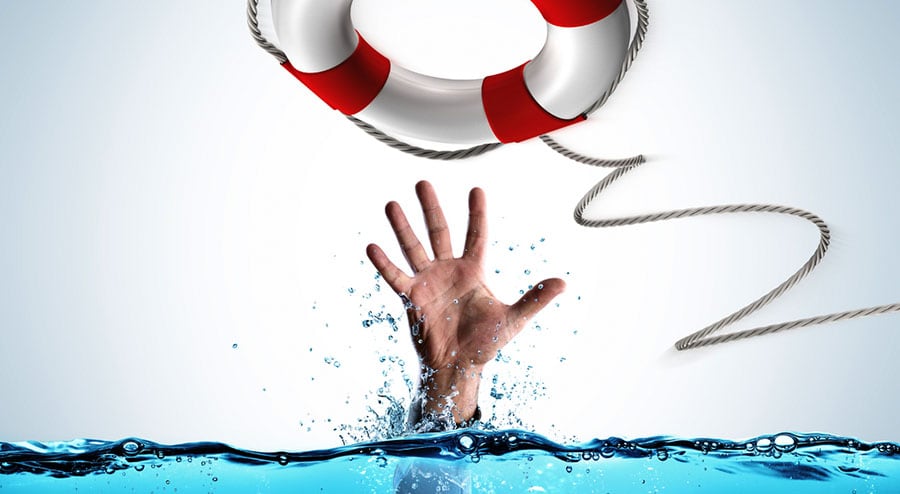
Children aged from one to four years old are at serious risk of drowning. In fact, it is the leading cause of fatalities and injuries in this age group. Children this age can drown in just two inches of water and 800 deaths occur each year.
Minimize The Risk
- Always supervise babies and young children when bathing. If the phone rings at bath time, then leave it. It is not as important as your child’s safety. Ring them back when bath time is over!
- Keep toilet lids closed.
- If you have a swimming pool or pond then it should be in a fenced area. Never leave children in an unsupervised situation when water is about, including paddling pools.
- Don’t use electrical items in the bathroom.
6. Choking
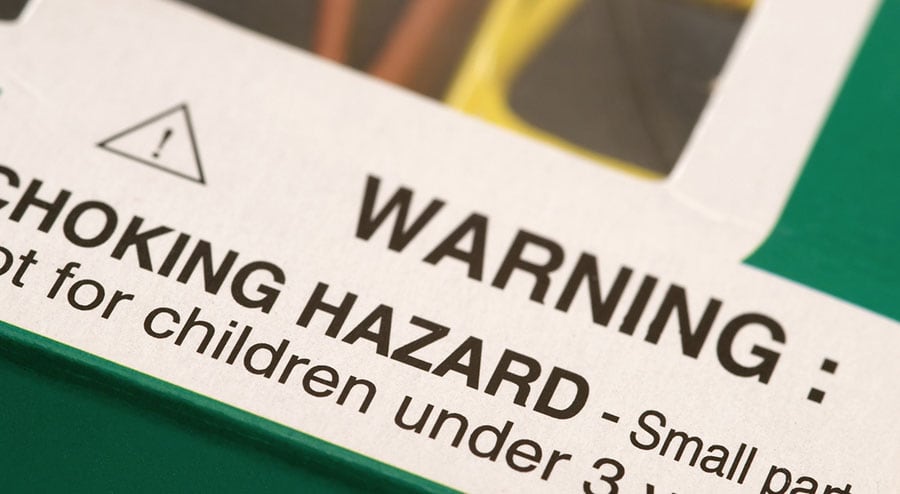
Choking is a hazard for small children who have a tendency to put small objects in their mouths!
Follow these tips to keep your child safe:
Minimize The Risk
- Always watch small children. Children can choke if their airways become partially or completely blocked.
- Know how to perform first aid on your child should they start to choke.
- Make sure your child plays with toys that are age-appropriate and from reputable companies with no possibility of small breaking parts.
- Follow safety procedures when putting babies to sleep and ensure there are no choking hazards in the bed.
- At mealtimes, cut up food into small pieces for young children. Teach them to chew and swallow and do not give them large hard sweets which is easy to choke on.Examples of choking risks include:
-
food items like lollies, marshmallows, raw apples, pieces of meat (including chicken and fish), nuts, raw carrots, uncooked peas, seeds (popcorn kernels), grapes, fruit pips and stones, hot dogs and sausages.
-
household items like coins, small batteries, small magnets, the tops off pens and markers, and jewellery
- toys and toy parts like plastic shapes, marbles, the eyes of stuffed toys, table tennis balls and balloons (uninflated or popped)
- garden objects like pebbles
- If a baby shows signs of choking, phone 999 immediately and follow the first aid steps below.
7. Sharp Objects
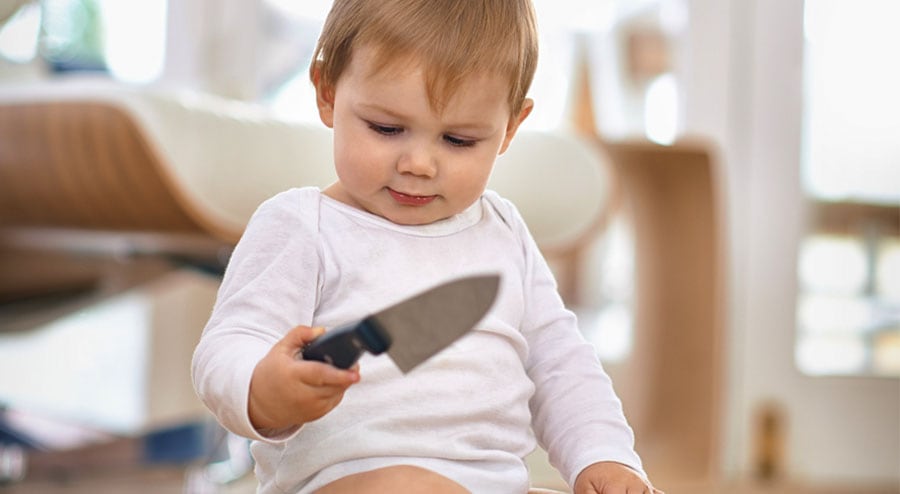
We all have plenty of sharp objects around the home that are necessary but in the hands of small children, they can be lethal. Follow these steps to keep your family safe.
Minimize the Risk
- Keep kitchen knives and graters away from children in locked drawers or in a lidded box in a high cupboard.
- Store sharp knives with shields to cover the blades and take care when washing.
- Keep items such as rakes, saws, and lawn mowers, locked away safely in garden sheds. Follow safety procedures and use caution when using garden tools. Remain vigilant to avoid accidents while gardening such as tripping and stumbling and electrical hazards.
8. Stoves
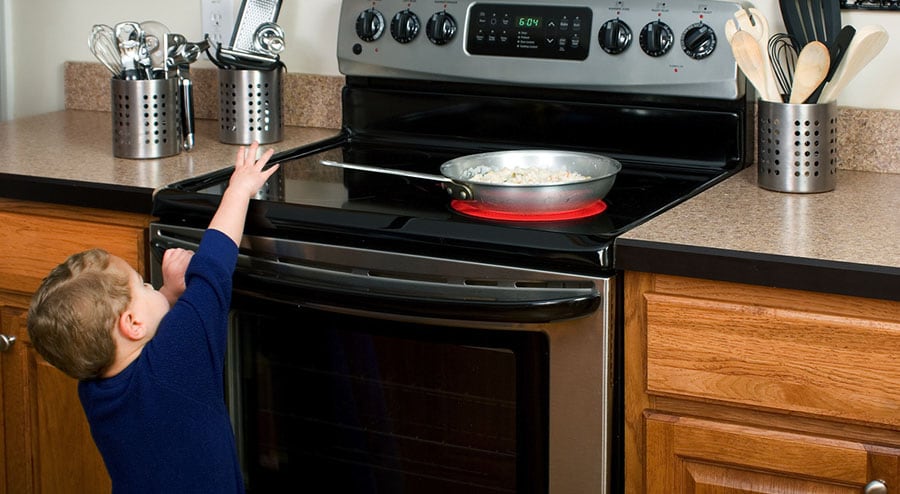
Cookers and Stoves present a significant danger for a variety of reasons. Keep safe by following these tips:
Minimize The Risk
- Use the burners at the back if children are about to make it more difficult for children to reach up.
- Pan handles should face inwards so that children cannot grab them.
- Correct installation is essential to make sure that the stove does not tip over.
- Do not allow toddlers to use furniture to climb onto tables and worksurfaces.
9. Dishwashers
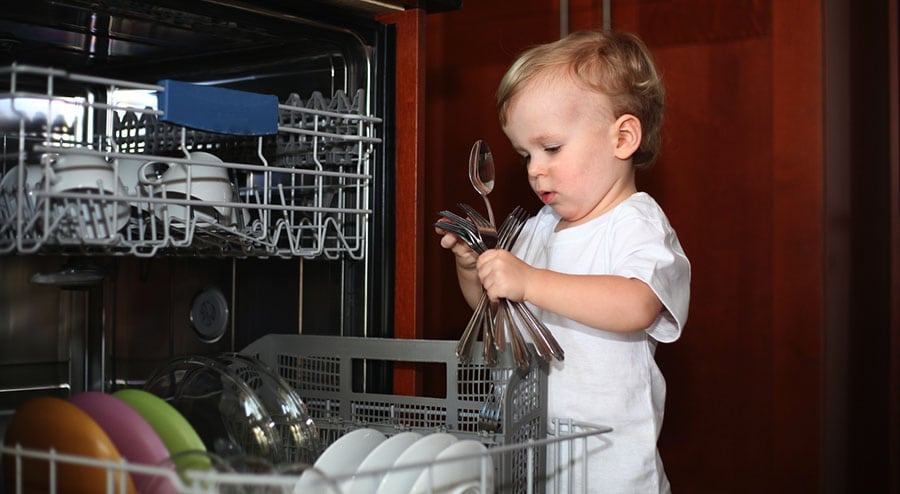
Dishwashers are a great timesaving addition to any household but they do pose a danger. Follow these steps to avoid accidents occurring:
Minimize The Risk
- Ensure that, when you place knives and forks in the dishwasher, blades and prongs are facing downwards to avoid cuts.
- Unload the dishwasher after use so that small children are at minimal risk of getting their hands on sharp objects or wash them separately.
- Never leave the dishwasher preloaded with detergent.
- Dishwashers work by washing your dishes at high temperatures. Make sure that the dishwasher is securely latched so it cannot be opened mid-cycle, which could cause burns from steam and hot water.
10. Suffocation
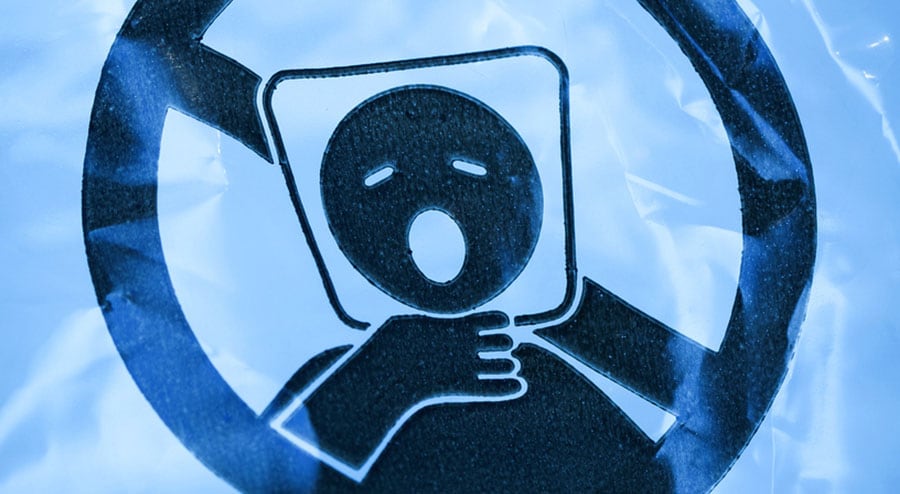
Toddlers and young children are at risk of suffocation in your home.
Minimize The Risk
- Keep rubbish bags away from children and other bags that are a hazard.
- Keep strings, cords, and ropes out of the reach of children. In particular, pay attention to curtains that have cords and make sure cots and beds are not near this strangling hazard.
We hope you found this quick guide useful and you and your family keep safe at home.

